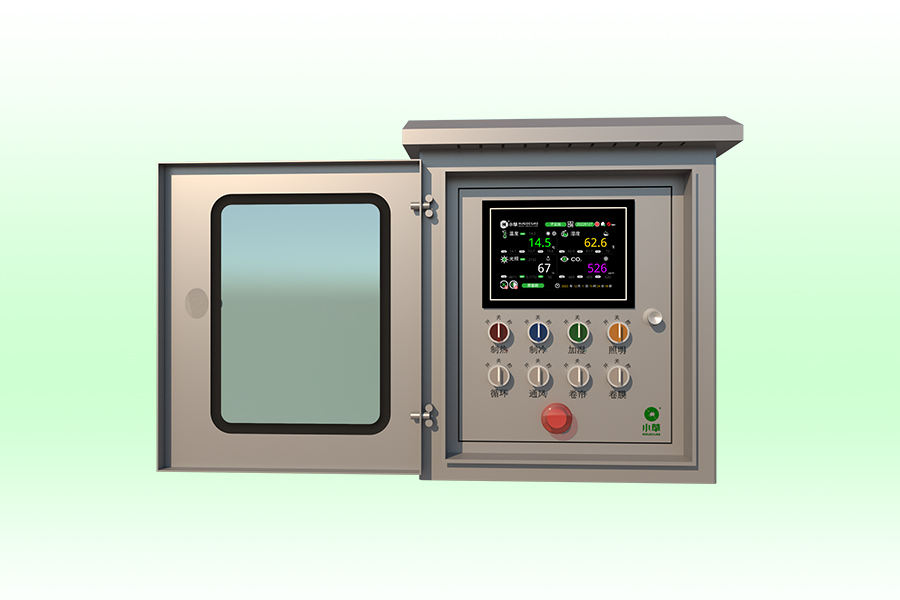First, embedded software features
(1) Real-time: specific environment; Quick start
(2) Concurrent processing of asynchronous events: multitasking; randomness
(3) Application/operating system integration: VxWorks; Linux
(4) Application solidification: immutability
(5) Practicability: industry-oriented; Directed development
(6) Applicability: It can be cut down to adapt to the application
(7) Robustness: fault tolerance
(8) enough: cost, resources
(9) Credibility: safety, safety, reliability, etc
Two, embedded software development process of each stage of the task division
Embedded development should have the following eight processes and task division:
(1) Determine the requirements of embedded software:
Confirm functional requirements: basic functions/extended functions, hardware corresponding to software functions
Identify non-functional requirements: appearance, size, power consumption, cost, real-time, security, reliability and other developer-oriented requirements
(2) Microprocessor and related hardware equipment
Determine the embedded processor: application scale, domain
Determine the functional hardware: processor-dependent, application function can be determined
Determine the target board design requirements: supporting chip, appearance, size, power consumption, cost

Choose an operating system
Identify the source: Write your own, use an off-the-shelf system
Identify choices: application domain, real-time CPU support, features, cost, resource footprint, language support
(4) Determine the software architecture: the core factors
(5) Select the development platform
Determine the development platform: consider the operating system, coding tools, simulation tools, debugging tools
(6) Embedded software design
Determine software design: task partitioning, constraint (real-time, security, etc.) assurance
7.Code tests
Code, cross-compile, download and debug, test
Software testing
Basic approach: Similar to general software testing
Consider specificity, reliability testing, real-time testing, concurrency testing, and resource occupancy testing
Iii. Embedded software development method
Embedded software development methods include:
(1) Language description
(2) Formal description
(3) Flow chart
(4) Structure diagram
Pseudo-code
(6) Finite state machine
Iv. Basic concepts of finite state machine
(1) Basic concept: Finite state machine (FSM) is a mathematical model to describe the control state and state transition of a system driven by action/event behaviors of finite states. FSM realizes the following two basic functions: determining the internal state transition of the state machine according to the current state and input conditions; The output signal sequence is generated according to the current state and the input condition.
(2) The specific implementation method
At any given time, the system can only be in one of a given number of states. When it receives an input event (action), the state machine produces an output, possibly accompanied by a state transition.
Fifth, embedded software and hardware co-design process
Embedded software and hardware co-design process is as follows:
(1) Requirements acquisition and analysis of embedded systems
(2) software and hardware function division, design system architecture: selection of processor and related peripheral equipment, operating system, development platform and hardware and software division and overall system integration
(3) Hardware structure design, software system design
(4) Detailed design of software and hardware
(5) Software code development, software testing and debugging
(6) Software and hardware joint tuning and system integration
(7) Simulation verification and test of the system
8.Implement the final system
Vi. Hardware reliability design of embedded system
In the design of hardware system, should first according to the system performance indicators and functional requirements to determine the structure of the system form, division of software and hardware division of labor, determine the specific circuit form and component selection design work. The following factors should be considered:
(1) Simplify the scheme
(2) Avoid one-sided pursuit of high performance indicators and too many features
(3) Reasonable division of software/hardware functions
(4) Replace analog circuits with digital circuits whenever possible
(5) Turn passive into active
Seven, embedded system software reliability design types
Generally, there are four types of software reliability design for embedded systems: fault-avoiding design, fault-checking design, fault-correcting design and fault-tolerant design
Viii. Hardware test process and software test process of embedded system
Hardware debugging
(1) Hardware detection before power on: whether the connection is correct, whether the power supply is short circuit and the installation of components.
(2) Power detection: Observe whether the circuit has abnormal conditions (such as smoke phenomenon), static debugging, dynamic debugging.
(3) Static debugging: generally refers to the test without input signal, or only add a fixed level signal under the condition of the test, the multimeter can be used to measure the potential of each point, compared with the theoretical value, to determine whether the voltage and current in the circuit is normal.
(4) Dynamic debugging: add the appropriate signal to the circuit, according to the direction of the signal, sequentially detect the output signal of each point, if abnormal phenomenon is found, the reason should be analyzed, and troubleshooting, and then debugging, until the requirements are met.
(5) Environment test, vibration test, product appearance test, etc.
Software debugging:
(1) Module testing (unit testing) : to complete the verification of the smallest software design unit, only on this basis can the subsequent testing work be guaranteed. White-box testing is mainly used to ensure maximum coverage of units and to find errors in coding and detailed design.
(2) Integration testing: is the unit tested modules according to the structure of the software together as a system or a subsystem to test. It is mainly used to find errors in the architecture and architectural design of the program.
(3) System test and validation test: the system test software system and other resources (hardware, human-computer interaction information resources and databases, etc.) are integrated to form a complete computer application system for testing.
Nine, electromagnetic compatibility
Electromagnetic compatibility refers to the state in which the performance of equipment or system is not degraded in the electromagnetic environment. Electromagnetic compatibility, on the one hand, requires that there is no serious interference source in the system, on the other hand, requires that the equipment or system itself has better anti-electromagnetic interference.